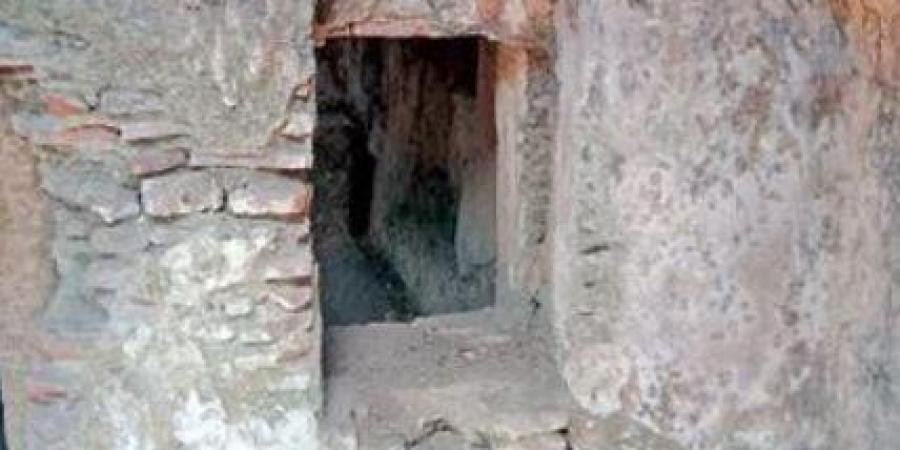8th-Century A.D. Rock-Cut Temple Revealed in India
On the banks of the Arjuna River at Sivakasi ‘s M Pudhupatti village in India, a three-chambered rock-covered temple, believed to be 1,200 years old, has been identified.

The building, cut in the side of a limestone rock, was riddled with thickets and debris until a week ago when residents in the locality chanced upon it.
While archaeologists have identified the structure as a rock-cut temple,no idol, statue, or relief of gods or goddesses has so far been identified inside the temple’s three chambers — the garbhagriha (sanctum sanctorum), ardhamandapam, and maha mandapam. A 20-feet long limestone mound marks the entrance to it. There are traces of cement on the walls and in the ceiling.
Archeologists believe these might have been part of the repair carried out by devotees around 100 years ago.
At several places inside the structure, the limestone is falling apart; there is a massive hole in the ceiling of the maha mandapam. Retired assistant director of the State Archeology Department Dr C Santhalingam said, “The temple is unique in three aspects.
First: It is a Sandhara-type of temple. There is no identified Sandhara-type rock-cut temple in India”. These temples have a circumambulatory passage (pradakshinapath) around the shrine.
Not all temples have these passages, said sources. “Second: The temple has two circumambulatory passages; this is very rare. While one passage moves in a clockwise direction from the ardhamandapam, the second one is adjacent to the mahamandapam,” he added.
“Third: The temple is carved entirely out of limestone,” he said. The stone is considered an inferior type owing to its features. “This is the reason why there is no artistic design, sculpture, or carving in the temple. However, there are niches on both the sides of the entrance to the garbagriha.
Moreover, there is a stone naga statue in the garbagriha,” said Santhalingam. The residents might have placed it there over a century ago to offer worship. The interior of the structure and the surrounding riverbank were cleaned by the local body.
‘From the Pandian Era’
The temple belongs to the early-Pandian era, around 8th century CE. It is similar to the Valli cave temple in Tiruchendur, which is carved out of sandstone, a rock similar in features to limestone, Santhalingam said.





